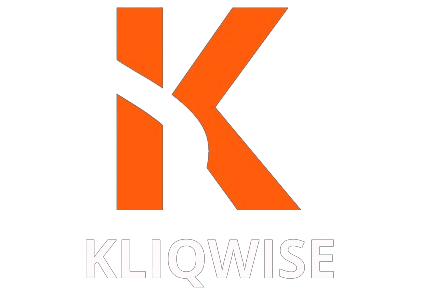Let’s be honest:
Most cold emails are… bad.
Too long. Too salesy. Too much “we” and not enough “you.”
And the result?
Silence. Ghosted. Unsubscribed.
At Kliqwise, we’ve spent hundreds of hours writing cold emails for demand gen campaigns across SaaS, tech, and B2B—so we’ve learned what works and what falls flat.
Here’s the no-BS playbook we use to write cold emails that get real responses, booked meetings, and even compliments from prospects (yes, really).
1. Start with a Hook, Not a Resume
The first line is everything.
Your prospect’s inbox is a war zone. If you start with:
“Hi, I’m John and I’m with XYZ Corp, a leading provider of—”
You’re already lost.
Instead, open with something relevant to them. A recent blog post, a LinkedIn comment, a product launch, or even a mutual connection.
Example:
“Saw your post last week on AI-generated content—it hit home. We’re seeing the same flood of ‘meh’ content in B2B too.”
This shows you’re paying attention. Not spamming.
2. Make It About Them, Not You
Here’s the hard truth:
Prospects don’t care about your product.
They care about solving their problems.
Shift the narrative.
Instead of listing your features or “innovative solutions,” say something like:
“We’re helping SaaS teams reduce demo no-shows by 30%—and I noticed your team’s booking links don’t include pre-qualification steps. Could be low-hanging fruit?”
That’s not a pitch. That’s insight. And insight gets replies.
3. Keep It Ridiculously Simple
People don’t read cold emails. They scan them.
If your email looks like a novel, they’re bouncing.
Our rule:
3–5 sentences. Max.
Every line should earn the next.
Avoid jargon, big words, and over-explaining.
And for the love of inboxes—no attachments or giant logos.
Here’s a basic structure:
- Line 1: Hook (relevant opener)
- Line 2: Problem or insight
- Line 3: Soft pitch or value
- Line 4: Clear CTA
Example:
“Saw your recent Series A—congrats!
We help early-stage SaaS teams build pipeline before the SDR team is fully staffed.Worth exploring if demand gen is on your radar right now?”
4. Use a CTA That Doesn’t Feel Like Work
Your call-to-action shouldn’t feel like a chore.
Avoid:
❌ “Can we schedule a 30-minute call this week?”
❌ “Let me know when you’re free.”
Instead, use a low-friction CTA like:
✅ “Is this worth a look?”
✅ “Does this sound like something you’re exploring?”
✅ “Open to learning more?”
That slight tone shift can double your reply rate.
5. Follow Up Without Being Annoying
80% of replies come after the first email.
So yes, follow up. But don’t just resend the same message.
Each follow-up should add value—maybe a short case study, a new angle, or even a funny “just floating this back up” meme if the brand voice allows.
Our favorite 2nd follow-up opener?
“Not sure if this is on your radar, or if the timing’s off. Either way, we are here if it makes sense later.”
Professional. Polite. Persistent.
Bonus: Real Cold Email That Got a 31% Reply Rate
Here’s one we used for a B2B SaaS campaign:
Subject: Quick idea for [Company Name]
Hey [First Name] –
Noticed your team’s hiring SDRs—congrats!
We help sales teams build pipeline while they’re scaling, using demand gen playbooks that fill gaps between hires.
Worth exploring if this is a priority?
Cheers,
[Your Name]
Short. Personal. Specific. And it worked.
Final Thoughts
Cold emailing isn’t about magic words. It’s about relevance + clarity + timing.
If you respect your reader’s time, show that you did your homework, and ask for something reasonable—you’ll stand out.
Because most cold emails aren’t written like that. And that’s your opportunity.
Need help scaling outbound that doesn’t suck?
You know where to find us.





